By following safe driving habits and implementing essential precautions, women can protect themselves while enjoying a smooth and stress-free driving experience. This guide highlights key safety tips to help female drivers navigate the roads securely.
1. Keep Your Vehicle Well-Maintained
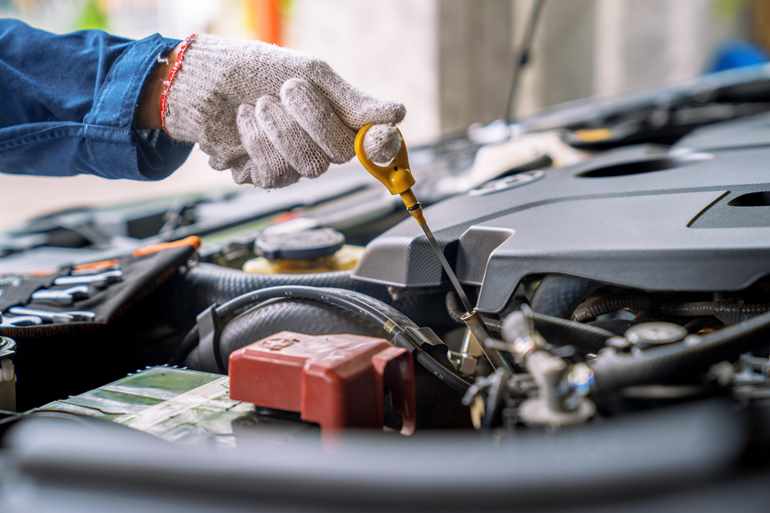
A well-maintained car is essential for safe and smooth driving. Regular vehicle maintenance helps prevent sudden breakdowns and reduces accident risks.
Important Vehicle Maintenance Tips:
Check Your Brakes and Tires:
Inspect brake pads regularly and ensure your tires have the correct air pressure and tread depth to prevent skidding or tire blowouts.
Monitor Fluid Levels and Lights:
Keep an eye on engine oil, coolant, brake fluid, and transmission fluid. Ensure your headlights, taillights, and indicators are functioning properly, especially for night driving.
Listen for Unusual Noises:
If your car makes strange sounds, get it checked immediately to prevent bigger mechanical problems.
Why It’s Important:
Regular maintenance reduces unexpected vehicle problems, enhances safety, and ensures a reliable driving experience.
2. Stay Focused and Drive with Confidence

Alertness and confidence are key to safe driving. Being aware of your surroundings helps you respond effectively to road conditions and other drivers.
Smart Driving Practices:
Stay Aware of Surroundings:
Pay attention to road signs, traffic signals, pedestrians, and other vehicles to make informed decisions.
Practice Emergency Braking:
Learn how to apply brakes effectively in different situations, especially in sudden stop scenarios.
Stay Calm Under Pressure:
If another driver is aggressive or tailgating, maintain your lane, follow traffic rules, and avoid engaging in reckless behavior.
Why It’s Important:
Staying focused and confident allows you to react quickly to road hazards, reducing the chances of accidents.
3. Adjust Your Driving to Weather Conditions
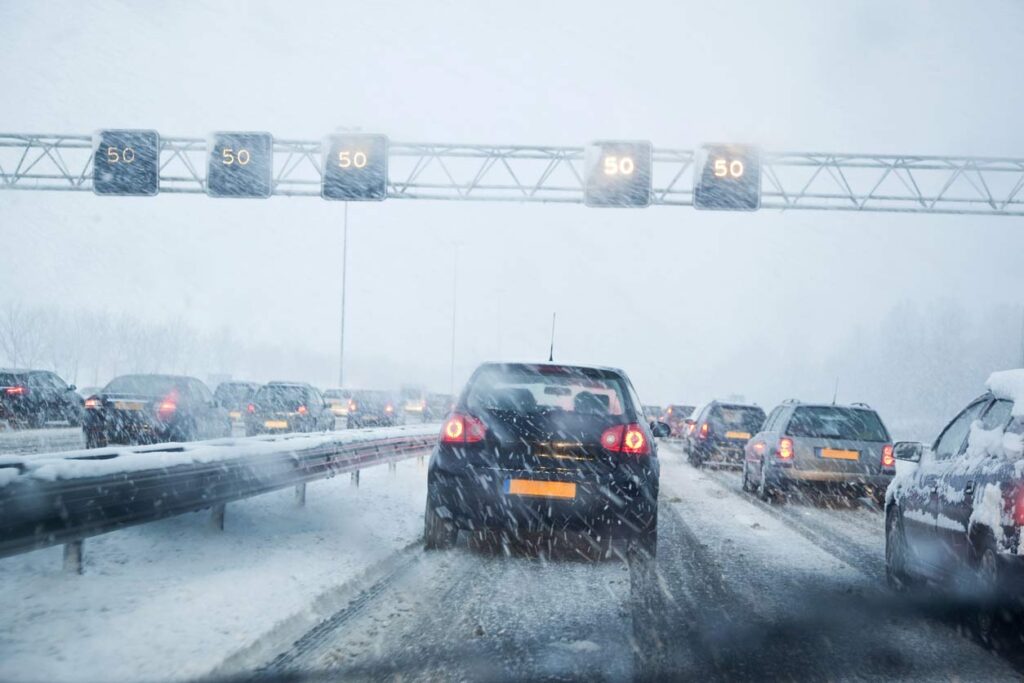
Weather greatly affects road safety. Adjusting your driving style to match weather conditions can help prevent accidents.
Safe Driving Tips for Different Weather Conditions:
Rainy Conditions:
Reduce speed, use windshield wipers, and maintain a safe distance to avoid hydroplaning.
Foggy Weather:
Use low-beam headlights or fog lights, as high beams can reflect off the fog, reducing visibility.
Extreme Heat:
Check your cooling system, stay hydrated, and ensure your air conditioning is working properly to avoid heat exhaustion.
Why It’s Important:
Driving cautiously in different weather conditions minimizes risks and keeps you safe on the road.
4. Avoid Distractions – Stay Off Your Phone While Driving
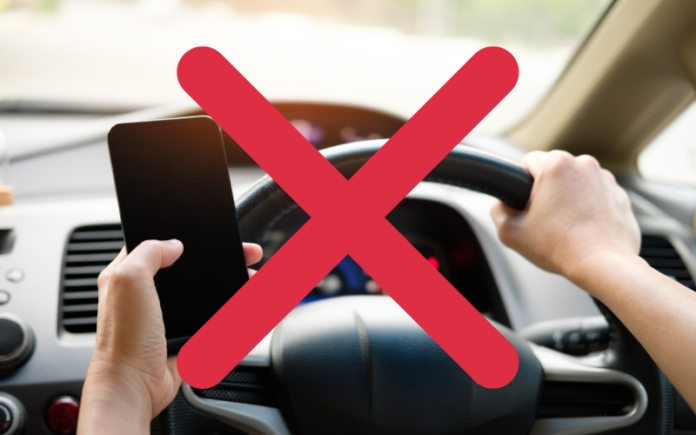
Using a mobile phone while driving is a major distraction and one of the leading causes of accidents.
How to Minimize Distractions:
Use ‘Do Not Disturb’ Mode:
Activate this feature while driving to silence notifications and calls.
Use Hands-Free Devices:
If an urgent call is necessary, use Bluetooth or voice command features to keep your hands on the wheel.
Set Up Navigation Before Driving:
Input your destination into GPS before starting your trip to avoid distractions while on the road.
Why It’s Important:
Keeping your attention on the road reduces accident risks and ensures safer driving for you and others.
5. Maintain a Safe Distance from Other Vehicles
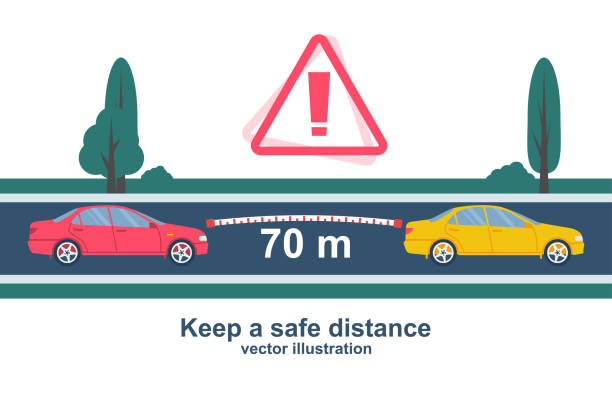
Keeping a proper distance from other cars allows enough reaction time to avoid sudden collisions.
Safe Distance Guidelines:
Follow the 3-Second Rule:
Maintain a three-second gap between your car and the vehicle in front of you.
Increase Distance in Bad Weather:
Extend your following distance in fog, rain, or icy conditions to prevent accidents.
Be Cautious Around Large Vehicles:
Trucks and buses require more stopping distance. Avoid tailgating and stay visible in their mirrors.
Why It’s Important:
Maintaining a safe distance provides enough reaction time for sudden stops and traffic changes, helping prevent rear-end collisions.
6. Avoid Driving Alone at Night When Possible

Night driving comes with additional risks, especially in isolated areas. Taking extra precautions can help ensure your safety.
Night Driving Safety Tips:
Keep Your Car Doors Locked:
Always lock your doors while driving or stopping at signals.
Avoid Stopping in Dark or Lonely Areas:
If you need a break, stop in well-lit and populated areas.
Stay Aware of Your Surroundings:
Keep distractions to a minimum and check your mirrors frequently.
Why It’s Important:
Taking these precautions enhances night driving safety and minimizes potential risks.
7. Keep Emergency Essentials in Your Car
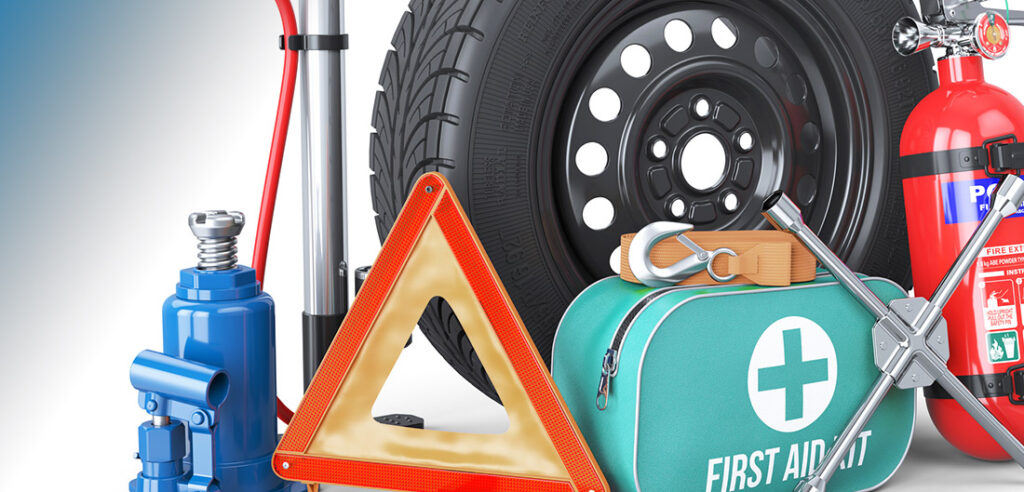
Being prepared for emergencies can make a significant difference in unexpected situations.
Must-Have Emergency Items:
First Aid Kit:
Carry bandages, antiseptics, pain relievers, and other basic medical supplies.
Flashlight and Extra Batteries:
Useful if your car breaks down in low-light conditions.
Spare Tire and Tools:
Ensure you have a functional spare tire, jack, and tire-changing tools.
Why It’s Important:
Having essential emergency supplies can help you manage breakdowns and unexpected situations effectively.
Conclusion
Driving gives women the freedom to move around independently, but safety should always be the top priority. By maintaining your vehicle, staying focused, adapting to weather conditions, avoiding distractions, keeping a safe distance, taking extra precautions at night, and carrying emergency essentials, you can significantly reduce road risks and drive with confidence.








